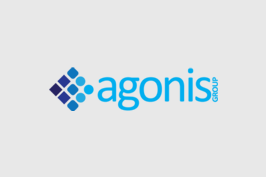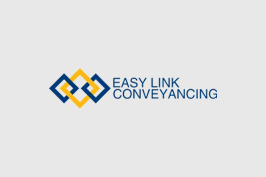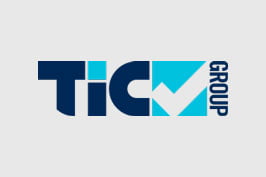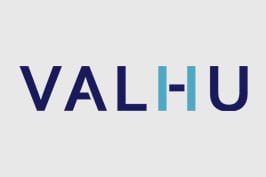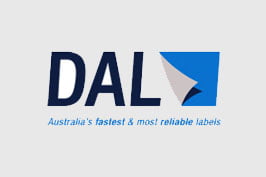WordPress powers a considerable portion of the Internet. And a recent estimate suggests that around 40% of sites online run on WordPress. As impressive as that statistic is, WordPress sites, if left unattended, can be vulnerable to cyberattacks. It is no exaggeration that anything online is vulnerable to cyberattacks and breaches. However, you can mitigate these risks by introducing good security practices.
One way to mitigate these risks is by making a well-planned, sophisticated and modern WordPress security strategy for your website a priority. Read on to find out why as a business owner, you should invest in the security of your website.
What is the Need for a Secure WordPress Website?
As a website owner, you must understand the significance of efficient WordPress security for your site. Every time you invest in the security of your website, you are strengthening it against any possibility of a cyberattack. Investing in the security of your website pays off in the long run and contributes to your online venture’s success.
Here is how a cyberattack can affect your business online.
Loss of Credibility
Credibility in business is a hard-earned asset and is the basis for all the relationships you build with your stakeholders. Hence, when your website faces a cybersecurity breach (say, a DDoS attack), your customers will question your credibility. Your customers rely on your services to fulfil their requirements, and a breach in your website’s security negatively affects the faith they place in you.
Revenue Loss
According to the Data Breach Report by IBM, “Data breach costs increased significantly year-over-year from the 2020 report to the 2021 report, increasing from $3.86 million in 2020 to $4.24 million in 2021.” The findings of this report indicate that cyberattacks and the setbacks caused by them amount to significant revenue losses for businesses.
Risk Customers’ Information
When you do not take sufficient measures to secure your website, you also put information provided by your customers at risk. When your customer enters their credentials on your website, it gets saved in the database. In case of a cyberattack or security breach, your database gets exposed to hackers, who can then use this information for their nefarious purposes.
Some Common WordPress Security Issues
WordPress is open-source, i.e., its code is available for everyone on the Internet to modify and distribute, making it highly optimisable and customisable. Thus, it is the most preferred platform for website owners. There are legions of themes, plug-ins and developers with the expertise to customise the backend code according to the needs of the website’s design. The flexibility in its coding is one of WordPress’s most defining features & what makes it a favourite of web developers everywhere.
But this flexibility can leave your website prone to security issues if it is not appropriately configured or maintained. So, what happens when you do not take the appropriate measures to secure your website on WordPress? Listed below are some common security issues that most website owners face.
Denial of Service (DoS) and Distributed Denial of Service (DDoS) Attacks
DoS and DDoS attacks prevent the authorised users of the website from accessing it. In a DoS attack, the server is commonly overloaded with traffic, causing it to crash. A DDoS attack has more sinister consequences since a series of devices carry out a DoS attack simultaneously, causing the server to crash.
SQL Injection
SQL injection or database injection is one of the most common forms of web hacking technique that can destroy your entire database. An attack consists of inserting or “injecting” a malicious SQL query via an input data form (such as a contact form). This code manipulates the SQL code of the website to give the attacker access to protected and sensitive data, manipulate them or execute malicious SQL codes.
Brute-Force Log-In Attempts
It is one of the most common and simplest forms of attack. It occurs when attackers use automation to enter several username-password combinations very fast till it eventually lands on the correct credentials. Any type of password-protected information is often wrongfully assessed using brute-force log-in automation./p>
Cross-Site Scripting (XSS)
An attacker often uses XSS to disrupt the functionality of a website and extract information by injecting malicious code into the backend of the targeted website. This code can be introduced via a contact form (like SQL injection) or directly at the backend via more complicated means.
Phishing
In a phishing attack, the attacker poses as a legitimate service or company & contacts a target. In such cases, the attacker typically tries to convince the target to download malicious software, give up their personal information or visit a possibly unsafe website. If an attacker gets access to your WordPress website, they can even pose as you and coordinate phishing attacks on your visitors.
How to Secure Your WordPress Website?
The thing about security on the Internet is that it is never absolute. In other words, you cannot be 100% safe on the Internet. Staying alert and knowing the common vulnerabilities that hackers exploit in a website’s design allows you to focus on website security and take measures to protect it.
However, there is good news! You can avoid becoming a victim of hacker attacks by ensuring that you follow good web design practices. Some practices that can help you enhance the security of your WordPress website are listed below.
Create a Back-Up Policy
Take frequent backups of their sites. It helps in case of a cyberattack and also reduces downtime significantly. You can also opt to host your website on a platform offering provisions for a fully-automated backup system. Or you can also use a plug-in to take regular backups and store them on your cloud and a device of your choice.
Update to the Latest Version of WordPress
To enhance the security of your WordPress site, you must frequently update the site’s plug-ins, themes and core. Using outdated versions of plug-in and themes make your website vulnerable to cyberattacks. If you are worried about how an upgrade will affect your website, you can always use a staging site to test the features before implementing them on your site.
Limit Log-In Attempts
In case of a brute-force attack, the WordPress log-in page is the most targeted. The simplest way to secure your WordPress site is using a security plug-in that limits the number of log-in attempts & blocks the particular IP after it crosses the predetermined attempts.
Enable Two-Factor Authentication
You can enhance the security of your WordPress website by combining the limited log-in policy with two-factor authentication or 2FA. Enabling 2FA is a simple procedure & all you need is a plug-in that can verify a user’s identity on two different platforms before allowing successful login. One of the most commonly used is the Google Authenticator plug-in.
Final Thoughts
In this digital age, ensuring the security of your WordPress website is a priority. A secure website vouches for your brand’s credibility and contributes significantly to its growth. As a business owner, you must consult with your web designer to know more about the best website security practices. On the other hand, you can trust our experts at Make My Website to address the vulnerabilities in your WordPress website and secure them for you.







